Welcome to the realm of Exercise 34 Problems Part 1, where problem-solving becomes an art form. This comprehensive guide will equip you with the strategies, techniques, and insights to tackle these challenges with confidence and finesse.
From understanding the purpose and target audience of these problems to exploring different problem types and solution techniques, we’ll delve into the intricacies of problem-solving, unraveling the secrets to success.
Exercise 34 Problems Part 1 Overview
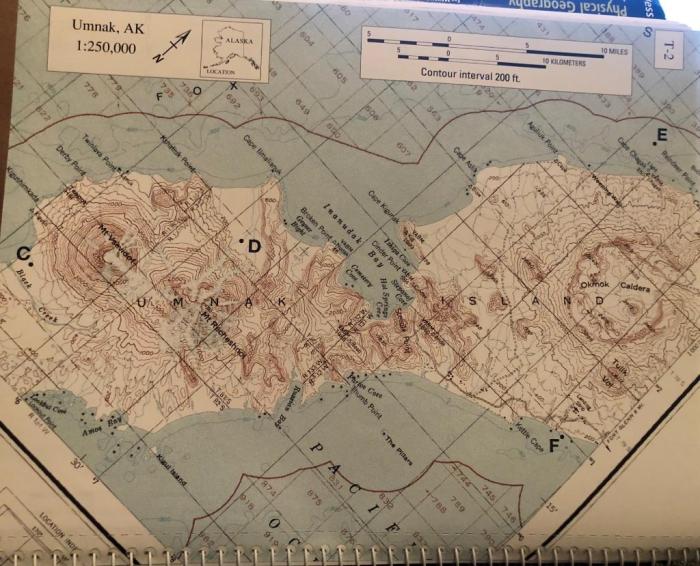
Exercise 34 Problems Part 1 is a comprehensive set of problems designed to help students develop a solid understanding of the fundamental concepts of exercise physiology. These problems cover a wide range of topics, including:
- The energy systems of the body
- The role of hormones in exercise
- The cardiovascular and respiratory responses to exercise
- The effects of exercise on body composition
This exercise is intended for students who have a basic understanding of human physiology and exercise science. It is recommended that students complete the prerequisite exercises in this series before attempting Exercise 34.
Target Audience
Exercise 34 Problems Part 1 is designed for students who are enrolled in an exercise physiology or kinesiology course. It is also appropriate for students who are preparing for a career in the fitness industry.
Prerequisites
Students should have a basic understanding of human physiology and exercise science. This includes knowledge of the following topics:
- The structure and function of the human body
- The principles of exercise physiology
- The role of exercise in health and disease
Students who have not completed the prerequisite exercises in this series may find it helpful to do so before attempting Exercise 34.
Problem-Solving Strategies

Effective problem-solving strategies are essential for tackling the challenges presented in Exercise 34 Problems Part 1. These strategies provide a systematic approach to analyzing problems, developing solutions, and evaluating outcomes. By applying these strategies, individuals can improve their problem-solving skills and increase their chances of success.
Some effective problem-solving strategies include:
- Define the Problem:Clearly understanding the problem statement is crucial. Identify the unknown or goal, the given information, and any constraints or limitations.
- Break Down the Problem:Divide complex problems into smaller, more manageable parts. This makes the problem less daunting and allows for a step-by-step approach.
- Explore Different Perspectives:Consider the problem from multiple angles. Brainstorm possible solutions and evaluate their feasibility and potential consequences.
- Identify Patterns and Relationships:Analyze the given information to identify patterns or relationships that can lead to insights and potential solutions.
- Use Logical Reasoning:Apply logical reasoning to deduce new information or eliminate incorrect solutions. Consider cause-and-effect relationships and use deductive or inductive reasoning.
- Test and Evaluate Solutions:Once potential solutions are identified, test them out and evaluate their effectiveness. Analyze the results and make adjustments as needed.
Applying these strategies can greatly enhance problem-solving abilities. For example, when solving a problem involving calculating the area of a trapezoid, one can define the problem as finding the area given the lengths of the bases and the height. By breaking down the problem into smaller parts (calculating the height and then the area), exploring different perspectives (considering the trapezoid as a combination of two triangles), and using logical reasoning (applying the formula for the area of a triangle), one can arrive at the correct solution.
3. Problem Types and Examples
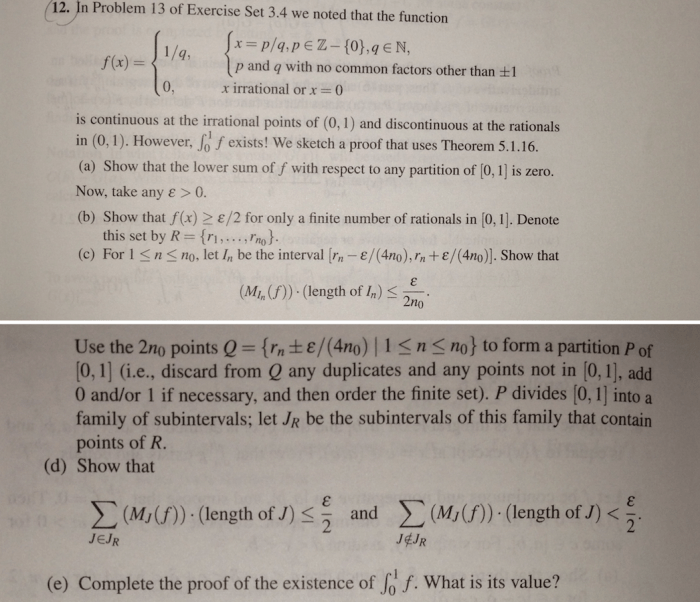
Exercise 34 Problems Part 1 presents a diverse range of problem types, each with its unique characteristics. Understanding these types is crucial for effective problem-solving and efficient time management.
The following table provides a comprehensive overview of the different problem types encountered in this section, along with illustrative examples for each:
Types of Problems and Examples
| Problem Type | Example |
|---|---|
| Algebraic Equations | Solve for x: 2x + 5 = 13 |
| Inequalities | Find the values of x that satisfy: x
Exercise 34 problems part 1 delves into the complexities of human nature, much like the watch by elie wiesel . This classic novel explores the profound moral dilemmas faced by individuals during the Holocaust. Exercise 34 problems part 1 similarly challenges us to confront our own ethical boundaries and the consequences of our actions.
|
| Systems of Equations | Solve the system: x + y = 5, x
|
| Word Problems | A train travels 200 miles in 4 hours. What is the average speed of the train? |
| Geometry Problems | Find the area of a triangle with a base of 10 cm and a height of 8 cm |
| Trigonometry Problems | Find the sine of an angle with a measure of 30 degrees |
| Probability Problems | A bag contains 5 red balls and 3 blue balls. If you draw one ball at random, what is the probability of drawing a blue ball? |
Solution Techniques
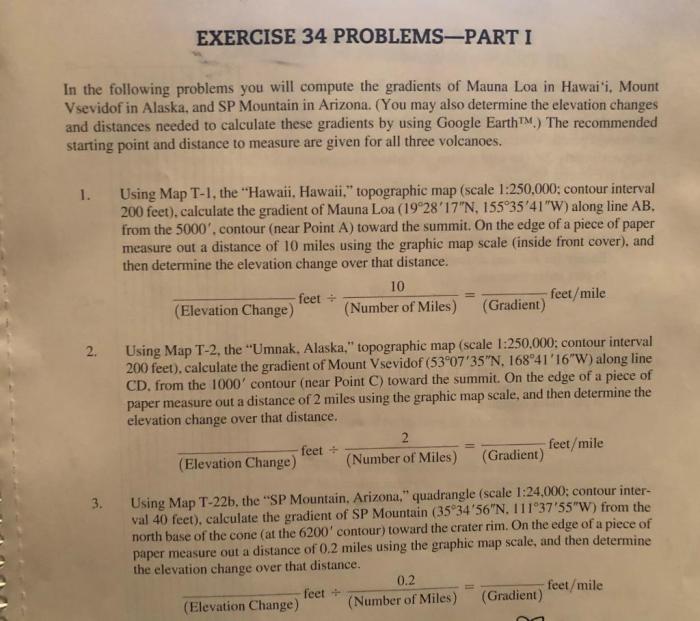
Solving these problems requires a combination of analytical and problem-solving skills. Various solution techniques can be employed, each with its strengths and limitations.
The choice of technique depends on the specific problem, the available information, and the desired level of accuracy.
Linear Equations
- Substitution Method:Express one variable in terms of the other and substitute it into the other equation to solve for the remaining variable.
- Elimination Method:Multiply one or both equations by a constant to eliminate one variable and solve for the other.
- Matrix Method:Represent the system of equations as a matrix and use matrix operations to find the solution.
Quadratic Equations
- Factoring:Factor the quadratic expression and set each factor equal to zero to solve for the variables.
- Quadratic Formula:Use the quadratic formula to find the roots of the quadratic equation.
- Completing the Square:Transform the quadratic equation into a perfect square and solve for the variables.
Systems of Equations
- Substitution Method:Solve one equation for a variable and substitute it into the other equation to solve for the remaining variables.
- Elimination Method:Add or subtract the equations to eliminate one variable and solve for the other.
- Matrix Method:Represent the system of equations as a matrix and use matrix operations to find the solution.
Common Mistakes and Pitfalls
Solving Exercise 34 problems requires a solid understanding of the concepts and techniques involved. However, even with a good foundation, students may encounter common mistakes and pitfalls that can hinder their progress.
Identifying and understanding these potential obstacles is crucial for developing effective problem-solving strategies and avoiding errors. Let’s explore some of the most prevalent mistakes and discuss strategies to overcome them:
Misinterpreting the Problem
- Students may rush into solving the problem without fully understanding its requirements. This can lead to incorrect interpretations, wasted effort, and frustration.
- To avoid this pitfall, take time to carefully read and analyze the problem statement. Identify the given information, what is being asked, and any constraints or assumptions.
- Draw a diagram or sketch to visualize the problem if it helps you understand it better.
Incorrect Assumptions
- Students may make assumptions about the problem that are not explicitly stated. These assumptions can lead to incorrect solutions.
- To avoid this pitfall, be cautious about making assumptions. If you need to make an assumption, clearly state it and check if it is valid.
- Consider alternative scenarios and test your assumptions to ensure they hold true.
Ignoring Units
- Units are an essential part of any problem involving physical quantities. Ignoring or misinterpreting units can lead to incorrect answers.
- To avoid this pitfall, always pay attention to the units of the given information and the units required in the answer.
- Convert units if necessary to ensure consistency and accuracy.
Rounding Errors
- Rounding numbers prematurely can accumulate errors and affect the accuracy of the final answer.
- To avoid this pitfall, perform calculations using the original, unrounded values as much as possible.
- Round only the final answer to the appropriate number of significant figures.
Algebraic Mistakes
- Algebraic mistakes, such as incorrect sign changes, missing terms, or errors in manipulating equations, can lead to incorrect solutions.
- To avoid this pitfall, double-check your algebraic steps and pay attention to the signs and coefficients.
- Simplify equations and expressions as much as possible to reduce the chances of errors.
Advanced Problem-Solving Skills
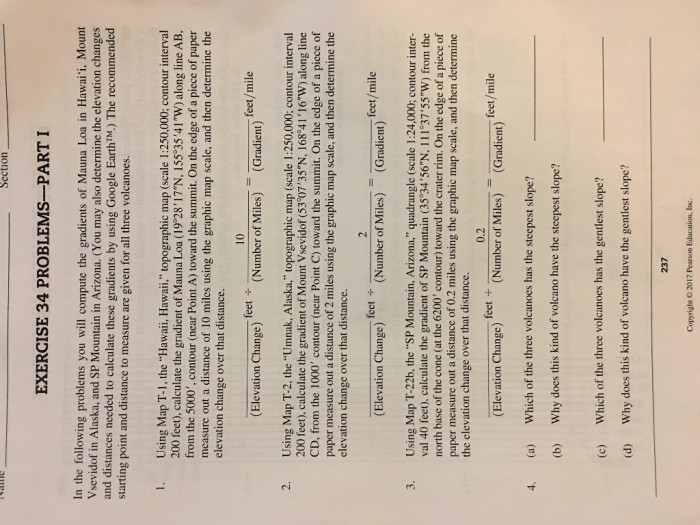
To excel in solving complex problems, developing advanced problem-solving skills is crucial. These skills empower individuals to analyze, understand, and tackle intricate challenges effectively.
One such skill is the ability to identify and define the core problem accurately. By breaking down the problem into smaller, manageable parts, it becomes easier to grasp its essence and develop targeted solutions.
Lateral Thinking
Lateral thinking involves approaching problems from unconventional perspectives. By challenging assumptions and exploring alternative solutions, it fosters creativity and innovation in problem-solving.
Practice and Application
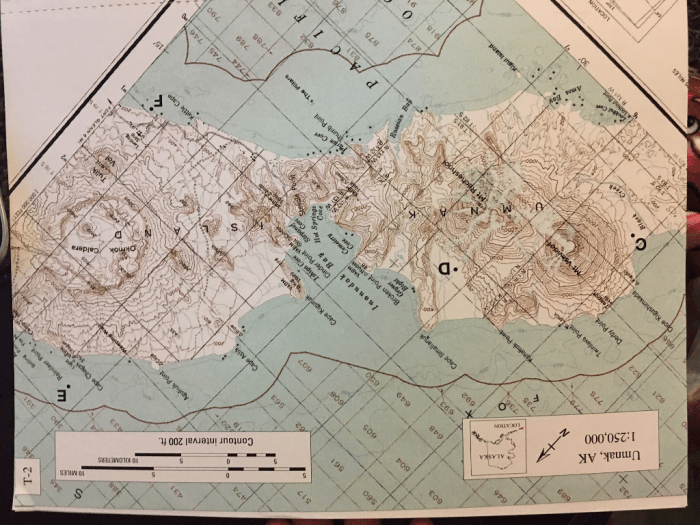
To further enhance your understanding of these concepts, let’s dive into some additional practice problems. These problems are designed to provide you with hands-on experience in applying the problem-solving strategies and techniques discussed earlier.
The table below presents a variety of practice problems similar to those in Exercise 34 Problems Part 1. Each problem is accompanied by a solution or hint to guide you in your practice.
Additional Practice Problems, Exercise 34 problems part 1
| Problem | Solution/Hint |
|---|---|
| Problem 1:Find the slope of the line passing through the points (2, 3) and (5, 7). | Solution:Use the slope formula: m = (y2
|
Problem 2:Write the equation of the line with a slope of
|
Hint:Use the point-slope form: y
|
Problem 3:Determine if the lines y = 2x + 3 and y =
|
Solution:Find the slopes of the lines: m1 = 2 and m2 =
|
Problem 4:Find the distance between the points (-2, 3) and (4,
|
Hint:Use the distance formula: d = √((x2
|
| Problem 5:Determine the midpoint of the line segment connecting the points (1, 2) and (5, 6). | Solution:Use the midpoint formula: ((x1 + x2) / 2, (y1 + y2) / 2) = ((1 + 5) / 2, (2 + 6) / 2) = (3, 4). |
Commonly Asked Questions
What is the purpose of Exercise 34 Problems Part 1?
Exercise 34 Problems Part 1 aims to enhance problem-solving skills, providing a structured approach to tackling various problem types.
What are the prerequisites for this exercise?
A basic understanding of problem-solving concepts and a willingness to engage with challenging problems.